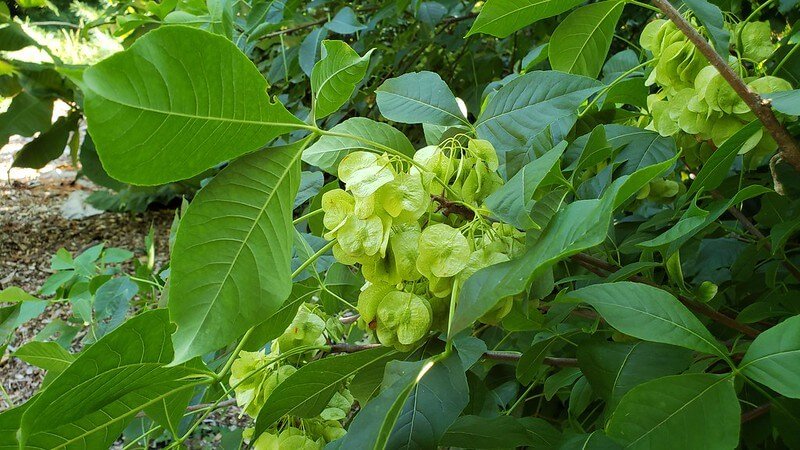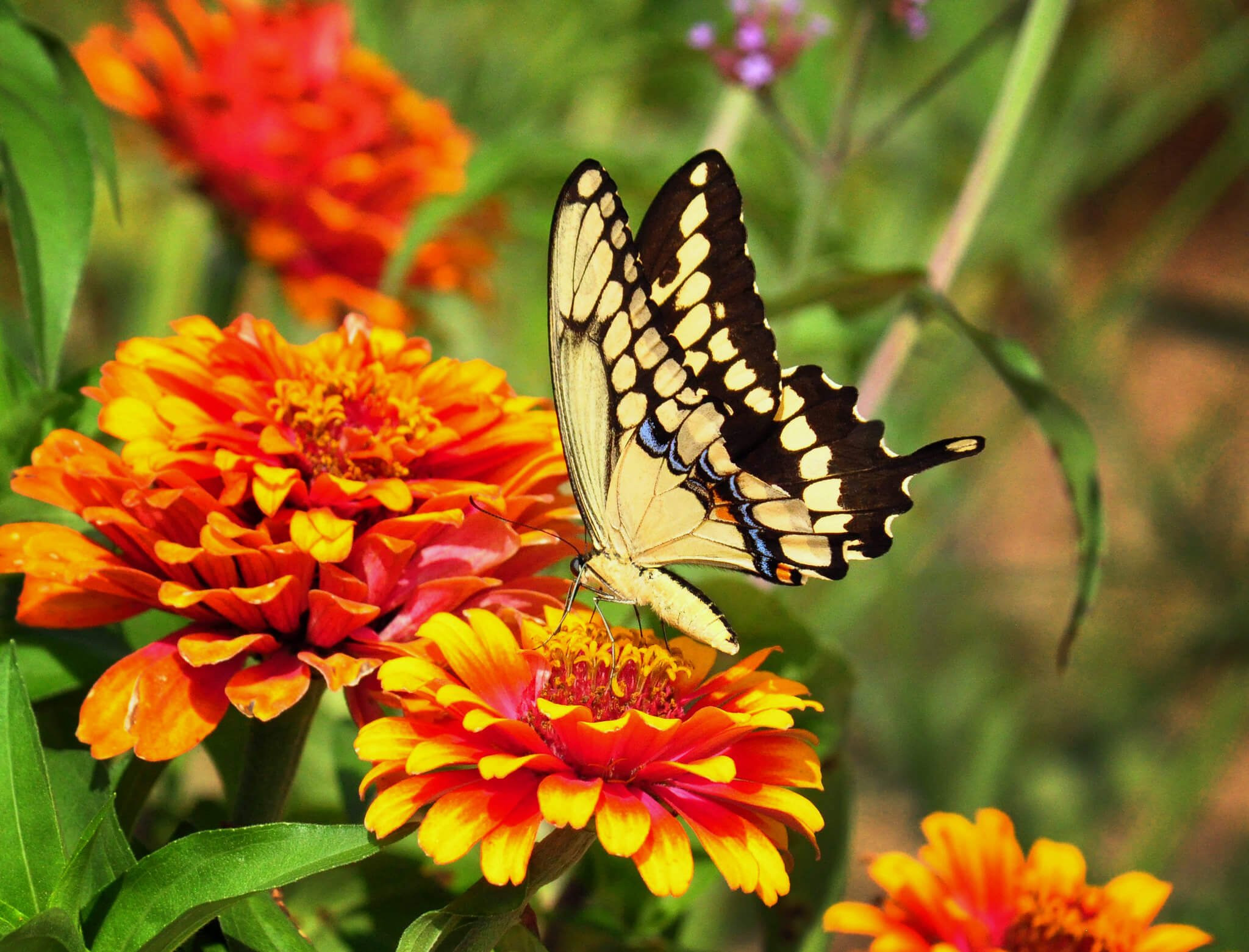 Image 1 of
Image 1 of


Wood Poppy (Stylophorum diphyllum)
While the Wood Poppy may not be a wildlife rock star, it provides a delightful splash of yellow after a long winter and in the shade no less. If you are lucky, it will do a bit of self-seeding, but the seedlings are easy to weed out if necessary. Little is known about the floral-faunal relationships for this species, but the flowers provide only pollen as a reward to floral visitors. It is also likely that the flowers are visited by various bees and flies (Illinoiswildflower.info). The seeds are distributed to new locations by ants, which are attracted to their oily appendages. An added benefit, the toxic foliage is avoided by mammalian herbivores. This plant should not be confused with Greater Celandine, a Eurasian invasive biennial. The leaves and flowers of the two can be very difficult to distinguish, but they are very different in the seeding stage; Chelidonium has a long, hairless "legume" look, while Stylophorum's fuzzy pods are unmistakable.
Photo Credit: Bennit2006
While the Wood Poppy may not be a wildlife rock star, it provides a delightful splash of yellow after a long winter and in the shade no less. If you are lucky, it will do a bit of self-seeding, but the seedlings are easy to weed out if necessary. Little is known about the floral-faunal relationships for this species, but the flowers provide only pollen as a reward to floral visitors. It is also likely that the flowers are visited by various bees and flies (Illinoiswildflower.info). The seeds are distributed to new locations by ants, which are attracted to their oily appendages. An added benefit, the toxic foliage is avoided by mammalian herbivores. This plant should not be confused with Greater Celandine, a Eurasian invasive biennial. The leaves and flowers of the two can be very difficult to distinguish, but they are very different in the seeding stage; Chelidonium has a long, hairless "legume" look, while Stylophorum's fuzzy pods are unmistakable.
Photo Credit: Bennit2006
While the Wood Poppy may not be a wildlife rock star, it provides a delightful splash of yellow after a long winter and in the shade no less. If you are lucky, it will do a bit of self-seeding, but the seedlings are easy to weed out if necessary. Little is known about the floral-faunal relationships for this species, but the flowers provide only pollen as a reward to floral visitors. It is also likely that the flowers are visited by various bees and flies (Illinoiswildflower.info). The seeds are distributed to new locations by ants, which are attracted to their oily appendages. An added benefit, the toxic foliage is avoided by mammalian herbivores. This plant should not be confused with Greater Celandine, a Eurasian invasive biennial. The leaves and flowers of the two can be very difficult to distinguish, but they are very different in the seeding stage; Chelidonium has a long, hairless "legume" look, while Stylophorum's fuzzy pods are unmistakable.
Photo Credit: Bennit2006
Life Cycle: Perennial
Sun Exposure: Partial, Shade
Soil Moisture: Medium-wet, Medium, Medium-dry
Height: 12 inches
Plant Spacing: 10-12 inches
Bloom Time: April-May
Bloom Color: Yellow
Advantages: Deer Resistant, Great landscaping plant








